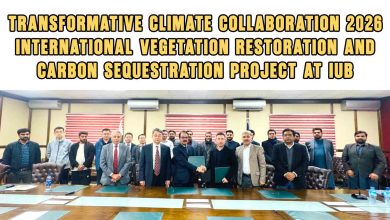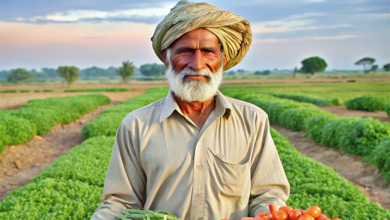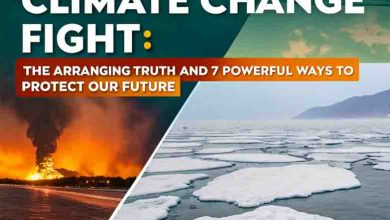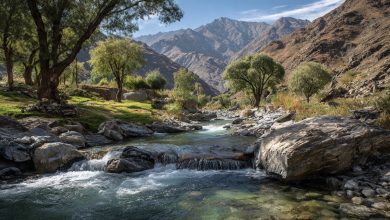Pakistan Needs Networking To Address Growing Water Security: Experts
-
The experts at a multi-stakeholder consultation on Tuesday said the country needed to establish an effective network of all segments of the society from policymakers to civil society organizations with a focus on mainstreaming youth to address the growing water security of the country
ISLAMABAD : The experts at a multi-stakeholder consultation on Tuesday said the country needed to establish an effective network of all segments of the society from policymakers to civil society organizations with a focus on mainstreaming youth to address the growing water security of the country.
The consultative workshop was organized by the International Water Management Institute (IWMI) on Transformative Futures for Water Security (TFWS) here which was participated by representatives of the public and private departments working on water resource conservation.
In his welcome note, Country Representative IWMI, Dr Mohsin Hafeez briefed the participants on the purpose of the consultation. He said there was a need to take key bold steps for addressing the water scarcity issue in the country.
A brief video message from Director General, IWMI Dr Mark Smith was played on the occasion. He introduced the TFWS topic introduced by IWMI including the rationale and need for increasing water security of the region.
He said the issue of water security combined several elements like quantitative and quality water sufficient for health, life ecosystem, and agriculture productions.
“The latest IPCC Report message on climate change and the environment is very clear as it highlights the increased frequency of natural disasters. Behind our initiative is a question about how to lead this bold step towards water security and the answer to it is that the youth will lead this action,” he added.
Smith added that the IWMI had developed Transformative Future for Water Security with the foundation of a bottom-up approach rooted in South-South dialogue.
Pakistan Council of Research in Water Resources (PCRWR) Chairman Dr Mohammad Ashraf said water scarcity was defined as when an individual did not have access to safe and affordable water to satisfy his or her needs for drinking, washing, and livelihoods needs, then that region was defined as water scarce.
He added that the water availability per person had declined drastically since 1947, which was below 1,000 per cubic meter per capita.
“Pakistan will face 30% water downfall by 2030 whereas at present over 60% population in the country is drinking unclean water,” he added.
Dr Ashraf informed that the wet years or seasons were becoming wet and dry seasons drier whereas it was a challenge to work out how to shift it.
He underlined that there was a one-meter-per-year groundwater depletion in Islamabad that needed to be addressed. The groundwater depletion could be managed as it provided 60% agriculture water, 90% drinking water, and 100% industrial water, he added.
The water crisis in the country was due to poor water tariffs and system inefficiency, he added. “The country needs to improve on-farm water use efficiency, governance, site-specific solutions, legislation improvement, and mainstreaming of youth,” he suggested.
Youth engagement in all programmes was critical as they were users of water and needed a behavioral change towards the commodity usage, the PCRWR chair said.
He recommended that the research with partnership, generation of knowledge and dissemination to real stakeholders, and consultative process for policy development was necessary to address climate change.
Board Member, IWMI, Simi Kamal said the water security needed to be looked into how water was used as 90% of the commodity was consumed for agriculture production.
Kamal suggested developing water-sharing arrangements in rivers with a focus on population as another key area along with the youth bulge.
The consultation proceeded with five working groups to discuss multifaceted issues on water security that provided key indicators and suggestions to address the issue with a systematic approach guided by ground realities and scientific evidence.







